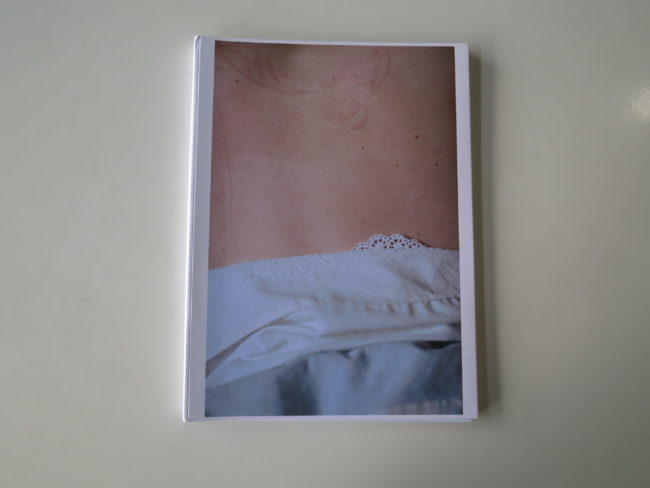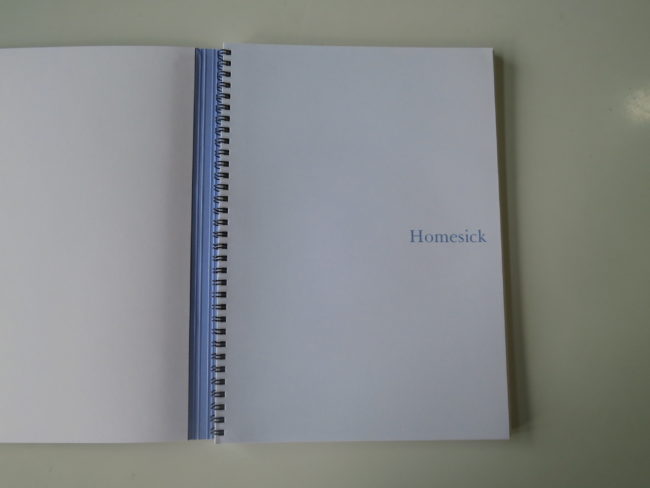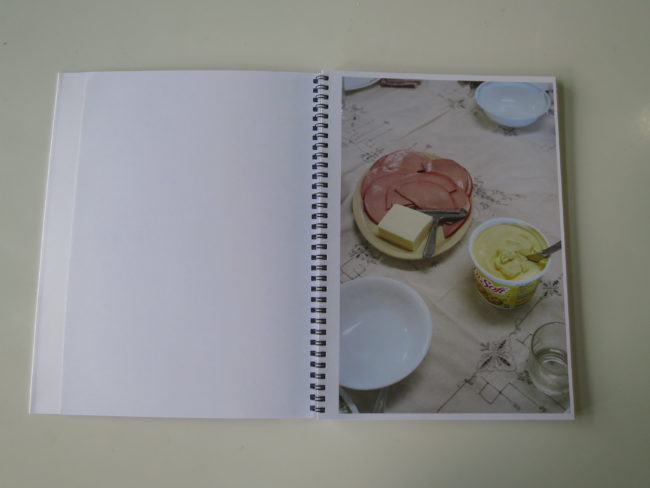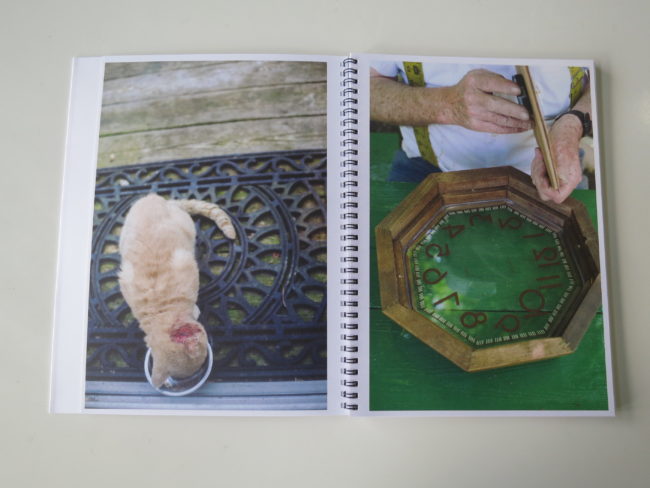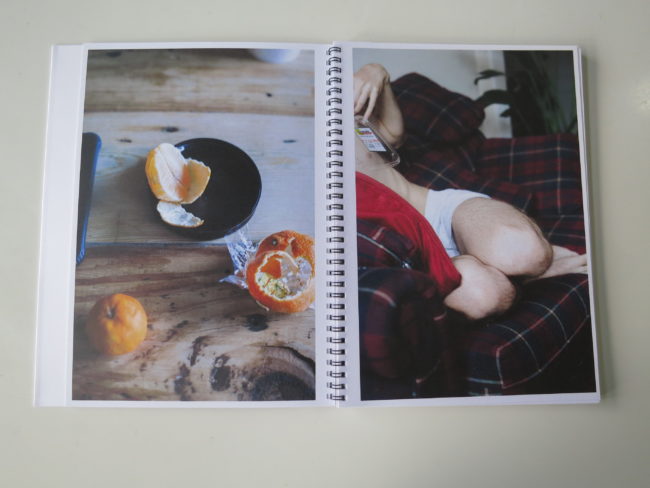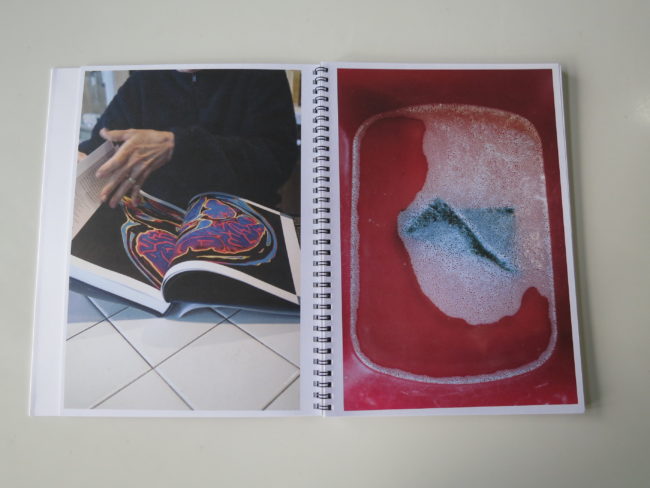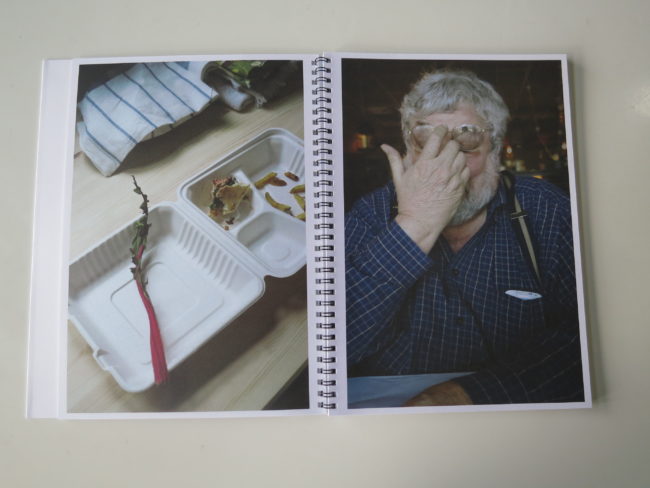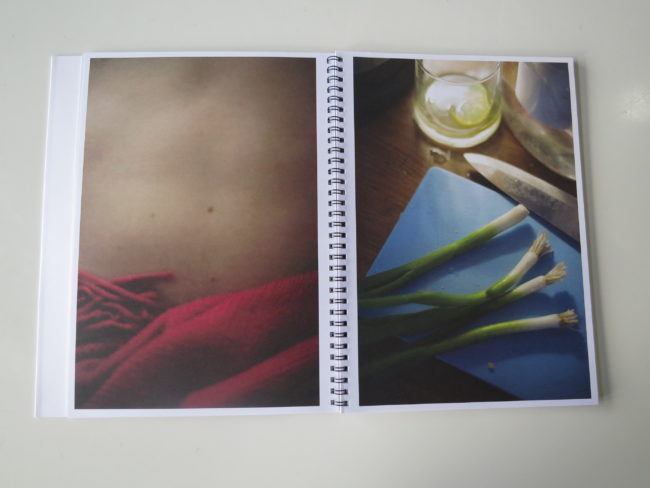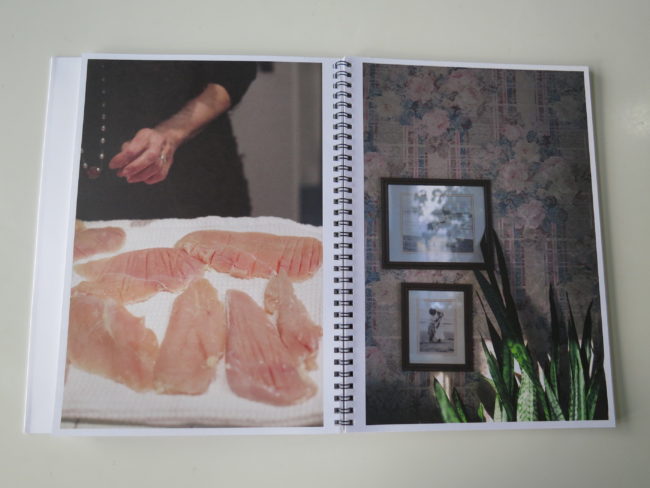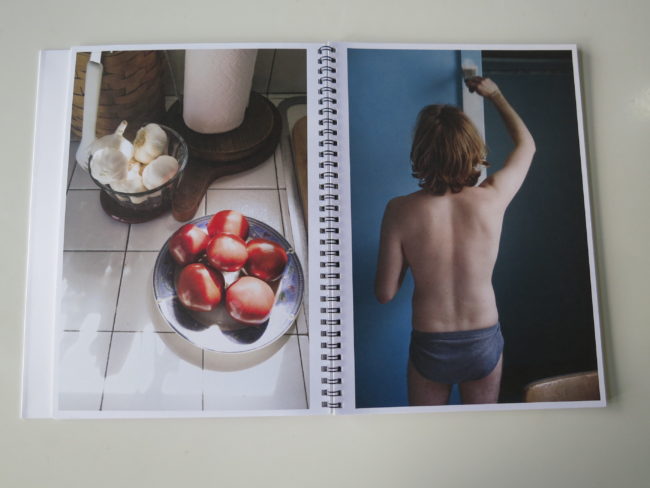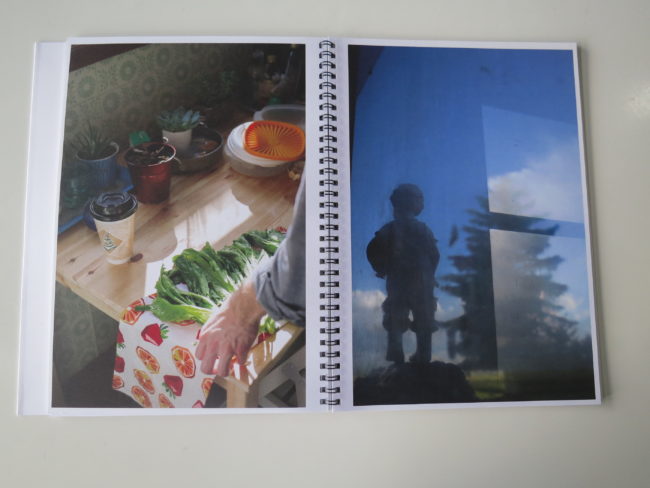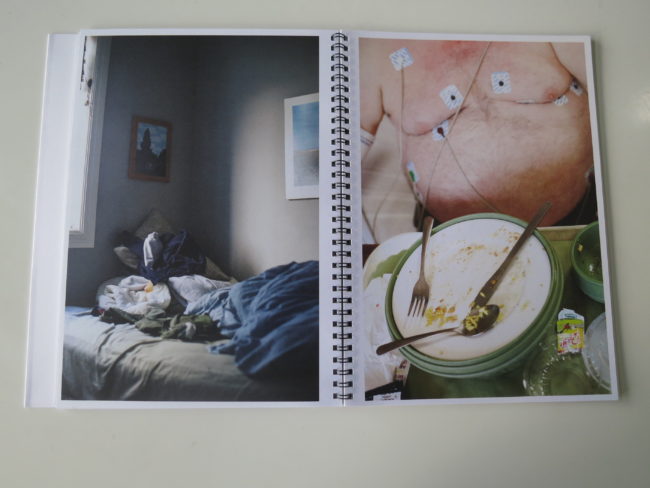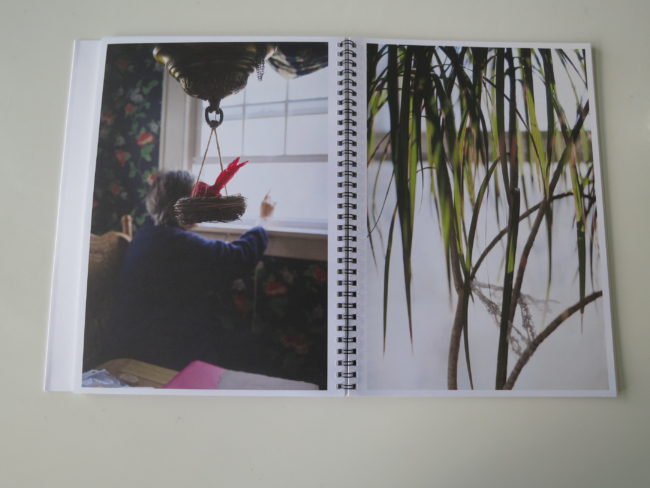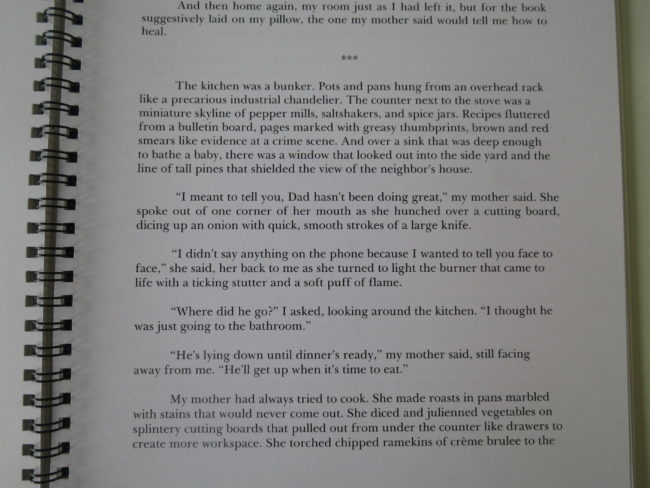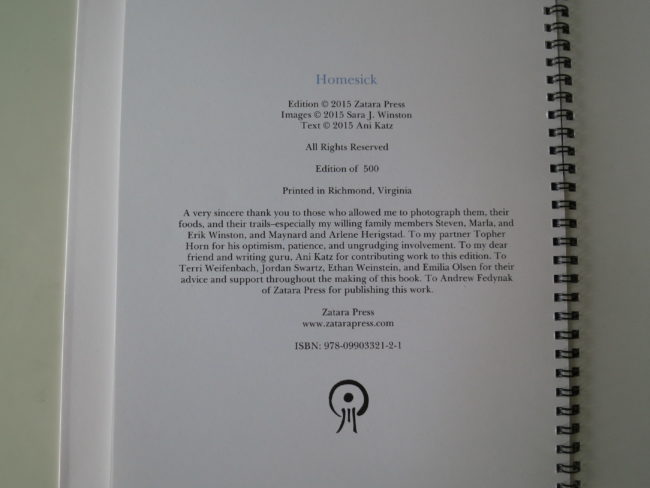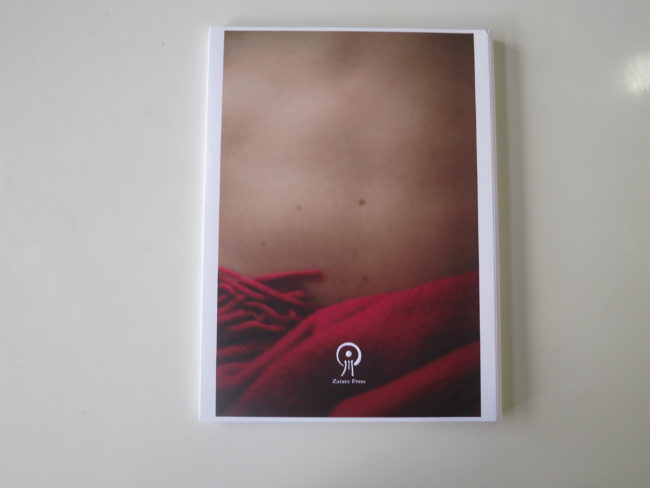I just flew in from Chicago, and boy, are my arms…
Tired.
Sorry.
Couldn’t resist.
It might be the worst joke in the 6 year history of this column, but you’ll have to forgive me. I pulled 18 hour days at the Filter Photo Festival in Chicago, talking the entire time.
Then, I came home to a full week of cooking, cleaning, driving, parenting, kung fu, and lots and lots of work.
My brain is so mushy, in fact, that I actually tried to get away with a joke so old, it makes the mottled flesh on Donald Trump’s belly look like baby skin.
Moving on, I must say, yet again, how much I like Chicago. I go to a lot of these photo festivals, (as you know,) and it allows me to show you a big slice of what’s going on out there in the American photo community.
But for all the cities I visit, Chicago is just a bit different. It fits me, like my favorite T-shirt, and allows me to feel relaxed, and understood, in a way no other city does.
It’s the little things, really, in particular the general Operating System of the local culture; the way people interact with each other. There is a friendly, grounded, openness that so many embody, and I haven’t seen it anywhere else.
(Insert random cliché about the Midwest here.)
Yeah, I hear you. Everyone says that about the Midwest. The people are just so darn nice.
My goodness!
Gosh!
But that’s not what I’m talking about. Rather, it means that random conversations come about, on the subway, on the street, in a museum, that don’t happen other places.
It happens again and again, and I find myself chatting up strangers in ways that are thrilling and comfortable at the same time. I know Chicago has all the problems of other megalopoli, what with the violence and segregation, which is what makes that openness all the more surprising.
It allows for the type of cross-cultural, cross-gender communication that this country, (and the world, I’d argue,) needs more of.
Not less.
For instance, this column is now based almost exclusively on submissions, as you know. (I can request the odd publication from PR folks, but it doesn’t happen often.)
Just the other day, on Twitter, I was discussing with my friend and colleague Patrice Helmar the sad truth that almost all of my submissions come from men. (White dudes in particular.)
We traded 140 character sentiments on why that might be, as the preponderance of people I review at these events are women. Lots of women are making art these days, but the books don’t turn up in the mail in anywhere near a representative sample.
Patrice wondered if it was confidence and/or aggression? I speculated that perhaps female artists still aren’t getting as many publishing opportunities?
What to do?
Well, in this case, I’m mentioning it specifically, in the hope that some of our female readers might send in books, or nudge their friends to submit. It’s really important for all of us to see a broader viewpoint, and I hope this helps get the ball rolling.
Because, like a random conversation with a stranger, while watching the world’s best street blues, (true story,) hearing and seeing things outside our own bubble makes us smarter, healthier, more empathetic, and better at what we do.
Luckily, when I was at Filter, Sara J. Winston gave me a book to take home, called “Homesick,” published by Zatara Press. We had a review together, and she was honest about the fact she’d been diagnosed with MS, and was using her current project to process those emotions.
She admitted to coming from a family with health issues, and how she hoped to escape the curse.
Alas…
The review was only tricky in that she showed me two discrete projects, but they were a bit jumbled in her presentation. Both had become books, so I struggled to differentiate between the two styles, and subject matters, so I could wrap my mind around her art practice.
“Homesick,” which is not directly “about” her illness, is a poetic, very-well-observed take on Sara’s home and family, I believe.
I say “I believe” because this excellent book hints, but does not state. It has a languid, referential style of making connections, in a way that seems… dare I say it… more female than male.
Patrice and I each made guesses about why I get more books from women than men, and neither of us suggested it was because our audience demo skews towards the penis.
Does it?
I don’t know.
But this beautiful, lyrical, slightly abstracted book feels like exactly the sort of thing a man might not make.
The first photograph, with a tub of margarine and a plate of bologna, is just so metaphorical. We get that food will be prominent, and the items she has chosen to represent her story have cultural baggage. (Not exactly bougie.)
Food is a recurring theme, but so is a wilted sort of sadness. A cat with a torn-up ear. Dirty dishes. A large man with electrodes attached to his chest.
Bananas in a bag.
The imprint of sheet on skin.
It ends with a wonderfully written story.
At first, as it uses the first person, I thought, “Damn, she can write too?”
But then it shifts to another perspective.
A lesbian lover from college?
Visiting the family homestead?
It seems so.
But each is written in the first person, so eventually, I had to ask myself, is this even true?
Is it?
True?
There is no direct answer until the final credits, which suggest a writer, Ani Katz, created both characters in the story.
It is made-up?
Or based upon interviews?
Does it matter?
I may well be accused of sexism for calling a book like this feminine. But then, I don’t see that word as pejorative. I’ve previously established my feminist street cred, and therefore I like this book so much BECAUSE it comes from another vantage entirely.
It treats book-viewing, or book-reading, as an experiential process, which is my favorite kind of photo-book. It tells a story, in pictures and words, and for a few brief moments, I couldn’t put it down.
Bottom Line: A lyrical, gorgeous book about going home
To purchase “Homesick” click here
If you’d like to submit a book for review, please email me at jonathanblaustein@gmail.com
